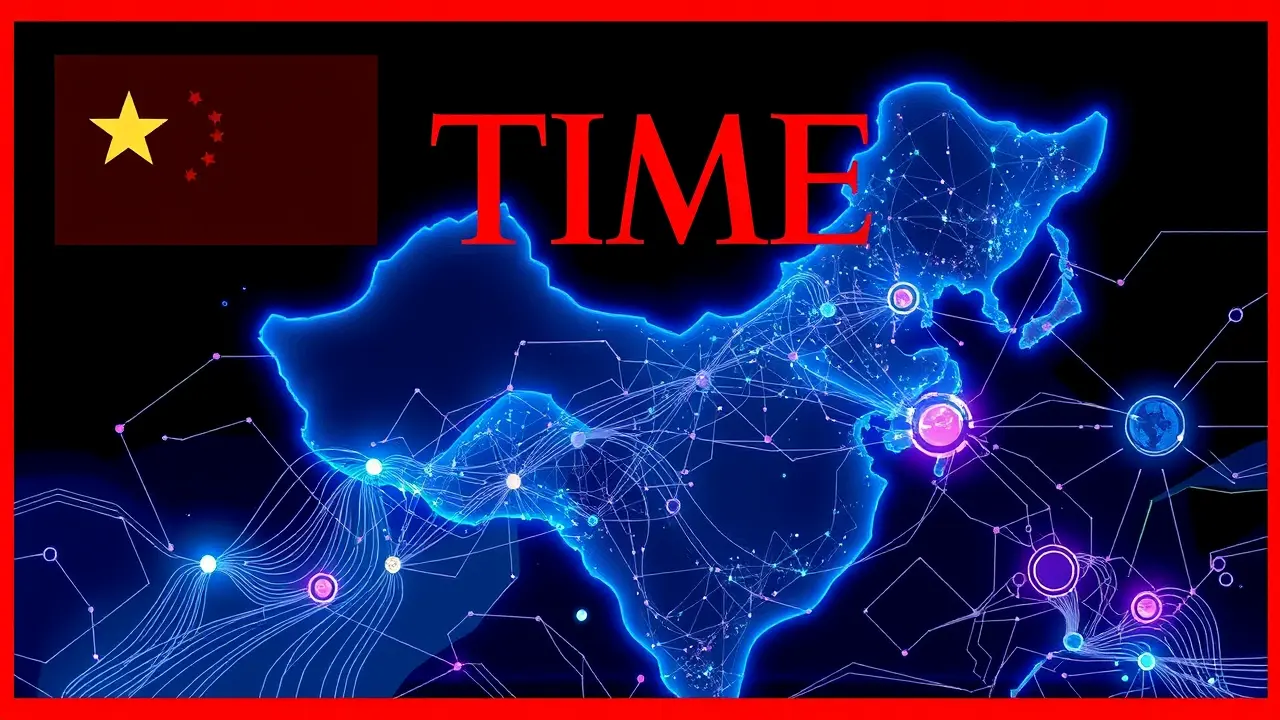
AIgenerative aiAI Tools and Startups
Elad Gil Analyzes AI Market Leaders and Opportunities
DA
Daniel Reed
9 hours ago7 min read2 comments
Over the last year, the artificial intelligence landscape has undergone a remarkable consolidation, with certain foundational markets appearing nearly sewn up by a handful of startup market leaders, a phenomenon that echoes the platform dynamics of earlier technological epochs like the rise of operating systems or social networks. This isn't merely a matter of first-mover advantage; it's a complex interplay of data network effects, computational moats, and talent concentration that creates a gravitational pull so strong it threatens to stifle the very innovation that characterized the field's nascent stages.Consider the large language model arena, where OpenAI's GPT series, Anthropic's Claude models, and Google's Gemini have established such a commanding lead in both performance and developer mindshare that the barrier to entry for a new, general-purpose foundation model has escalated into the billions of dollars, not just in R&D but in securing access to the vast, high-quality datasets and the immense compute clusters required for training. This is reminiscent of the early internet browser wars, where Internet Explorer's dominance seemed unassailable, yet the critical difference today is the scale of infrastructure; training a state-of-the-art model like GPT-4 required an estimated 25,000 Nvidia A100 GPUs running for months, a resource commitment beyond the reach of all but a few well-funded corporations or nations.The strategic moat here isn't just the model architecture, which can be replicated in open-source projects like Llama, but the proprietary, ever-expanding feedback loop of user interactions that continuously refines and improves the commercial offerings, creating a moving target that open-source alternatives struggle to match in real-time. This dynamic is even more pronounced in application layers, where companies like Midjourney in image generation and Harvey AI in legal tech have rapidly captured dominant market shares by delivering a product that is not just functionally superior but also deeply integrated into their users' workflows, creating high switching costs and establishing a de facto standard.However, to declare these markets entirely 'sewn up' would be a misreading of the technological trajectory; history shows that disruptive innovation often emerges from the periphery, targeting use cases or ethical considerations overlooked by the incumbents. The current concentration of power raises profound questions about the future of open-source AI, the potential for regulatory intervention on both sides of the Atlantic, particularly from the European Union with its AI Act and the United States with its executive orders, and the long-term societal impact of having a few corporate entities control the core intelligence layers of our digital infrastructure.The real opportunities, therefore, may not lie in challenging the giants head-on in general-purpose AI, but in vertical-specific applications, edge computing deployments that bypass cloud dependencies, or in pioneering new paradigms like neuro-symbolic AI or agentic systems that could render the current transformer-based architecture obsolete, just as the transformer itself made previous recurrent neural networks seem quaint. The market is simultaneously consolidating and fragmenting, and the next year will be less about which startup leads a broad category and more about which teams can identify and dominate a high-value niche before the hyperscalers can turn their attention to it.
#lead focus news
#AI markets
#startup leaders
#market consolidation
#venture capital
#Elad Gil
#generative AI
#enterprise adoption
Stay Informed. Act Smarter.
Get weekly highlights, major headlines, and expert insights — then put your knowledge to work in our live prediction markets.
Related News
© 2025 Outpoll Service LTD. All rights reserved.














